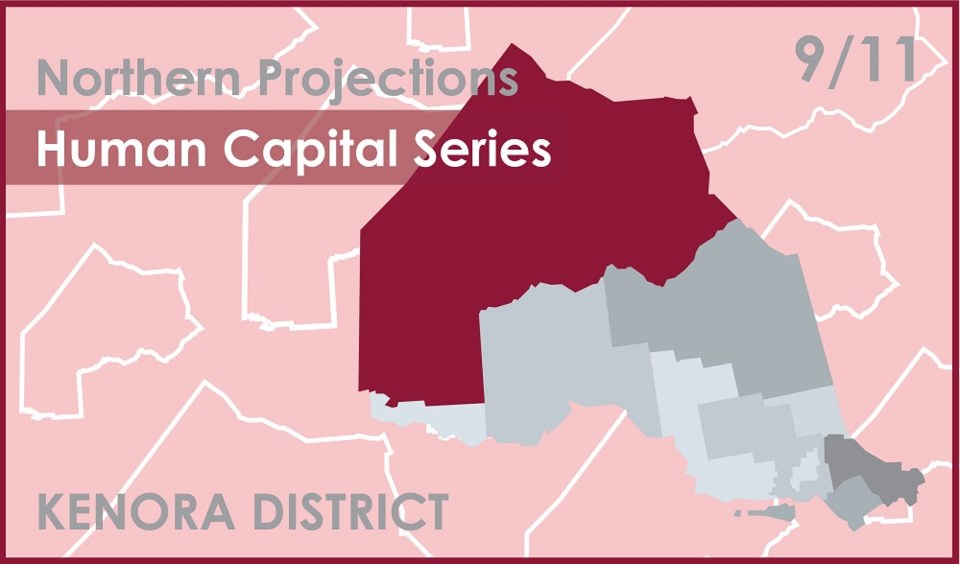August 29, 2019 | Dr. Bakhtiar Moazzami
Northwestern Ontario covers approximately 526,478 square kilometers and recorded a population of 231,691 in 2016. Increasing levels of out-migration by the working-age labor force, declining fertility rates, and lower levels of immigration have resulted in an age distribution of the population in Northwestern Ontario that is different from that of Ontario. These demographic changes have a significant impact on social and economic conditions in the region. The population will continue to age in the foreseeable future, with implications for healthcare costs, supply of labour, production capacity, and the ability of the Northwestern Districts to remain economically viable.
The purpose of this report is to analyze demographic and labour market trends in Northwestern Ontario and Kenora District. Both past and current trends are examined, as well as future projections. This report is an update to a previous report published in 2017 but with updated information using 2016 census data, as well as additional sections including sector-specific projections for future labour market demand.
The report offers three key recommendations to promote the long-term sustainability of the Kenora District:
1. Respond to the needs of the Indigenous population.
2. Recruit youth to care for the elderly.
3. A rural knowledge economy and rural workforce requires infrastructure.
